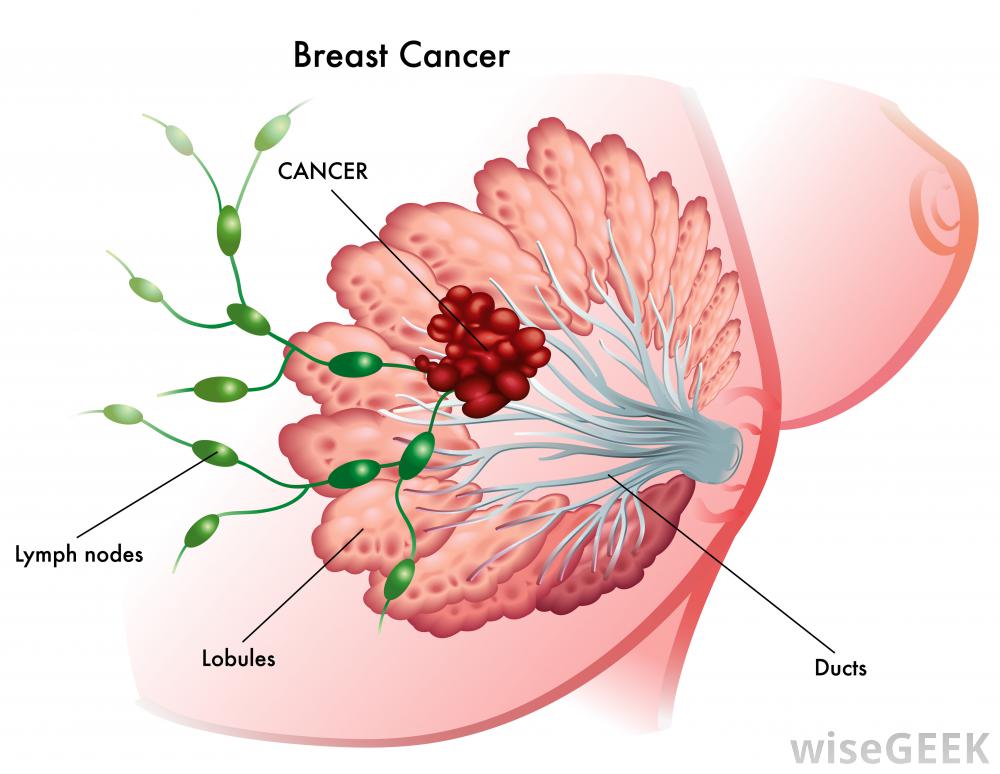
Diagnosed with Cancer? Your two greatest challenges are understanding cancer and understanding possible side effects from chemo and radiation. Knowledge is Power!
Learn about conventional, complementary, and integrative therapies.
Dealing with treatment side effects? Learn about evidence-based therapies to alleviate your symptoms.
Click the orange button to the right to learn more.
- You are here:
- Home »
- Blog »
- side effects ID and prevention »
- Doxorubicin & Breast Cancer Risk
Doxorubicin & Breast Cancer Risk

According to the research linked and excerpted below, doxorubicin (dox) increases breast cancer risk for AYA and adult cancer survivors.
It’s important to stress that side effects are common for chemotherapy and radiation. The significance of this study is the dramatic increase in breast cancer for those HL survivors who have undergone dox. therapy.
I don’t believe that the key issue is for lymphoma patients to worry. I think the key issue is for any/all patients who have undergone doxorubicin chemotherapy to worry.
In my experience as a cancer patient, oncology makes a minimal effort to communicate and prepare cancer patients for the short, long-term and late stage side effects that inevitably accompany the toxicity that oncology prescribes to cancer patents.
Therefore, it is up to the cancer patient themselves to learn about and prepare themselves for possible future side effects.
What are the possible short, long-term and late stage side effects of doxorubicin?
- Short-term side effects:
- Nausea and vomiting: These are common side effects during or shortly after treatment.
- Hair loss: Often temporary, hair loss can occur on the scalp as well as other body hair.
- Fatigue: Feeling tired or weak is common during treatment and usually improves after completion.
- Mouth sores: Some people may experience mouth sores or mucositis.
- Decreased blood cell counts: Doxorubicin can suppress bone marrow function, leading to decreased levels of white blood cells, red blood cells, and platelets. This can increase the risk of infection, anemia, and bleeding.
- Long-term side effects:
- Cardiotoxicity: One of the most significant long-term side effects of doxorubicin is damage to the heart muscle, which can lead to heart failure or other cardiac complications.
- Secondary cancers: There’s a risk of developing secondary cancers later in life due to the DNA-damaging effects of doxorubicin.
- Infertility: Doxorubicin can cause infertility, especially in men, by affecting sperm production and quality.
- Nerve damage (neuropathy): Some individuals may experience numbness, tingling, or pain in the hands and feet, known as peripheral neuropathy.
- Late-stage side effects:
- Chronic heart conditions: Over time, heart damage can progress to chronic conditions such as cardiomyopathy or congestive heart failure.
- Kidney damage: Doxorubicin can cause damage to the kidneys, leading to decreased kidney function or renal failure.
- Liver damage: Liver toxicity can occur, manifesting as elevated liver enzymes or liver dysfunction.
- Lung damage: Rarely, pulmonary toxicity can occur, leading to conditions such as pulmonary fibrosis.
As you can see from the above, the possible side effects of dox. treatment is long. My guess is that if you have received a diagnosis of cancer, you have already given serious thought to lifestyle changes that can help you manage your cancer (lymphoma in this case).
As for reducing your risk of treatment-related secondary cancers, consider the following:
- Pre-habilitaiton
- Moderate daily exercise
- Nutritional supplementation
- A daily diet rich in fruits and veggies
- Meditation
This list is by no means exhaustive. Conventional oncology’s methodology for this increased risk is to keep a close eye on the survivor. While frequent diagnostic testing has its place, my experience is that cancer patient’s can do more to reduce their risk of side effects.
And living an anti-cancer lifestyle is a good first step.
Are you a cancer patient? Are you considering doxorubicin chemotherapy? Consider discussing possible side effects with your oncologist. Also discuss the importance of dosing of doc. mentioned below.
If you’d like to learn more about both conventional and non-conventional cancer therapies let me know-
David,PeopleBeatingCancer@gmail.com
Good luck,
David Emerson
- Cancer Survivor
- Cancer Coach
- Director PeopleBeatingCancer
Doxorubicin Exposure and Risk of Breast Cancer in Survivors of Hodgkin Lymphoma
“In a Dutch study reported in the Journal of Clinical Oncology, Neppelenbroek et al found that doxorubicin treatment was associated with an increased risk of breast cancer among adolescent and adult Hodgkin lymphoma survivors…
Key Findings
After a median follow-up of 21.6 years, 252 women had developed invasive breast cancer or ductal carcinoma in situ, with a 30-year cumulative breast cancer incidence of 20.8%. The median interval between Hodgkin lymphoma treatment and breast cancer diagnosis was 19.9 years and the median age at breast cancer diagnosis was 45.8 years.
Survivors who received a cumulative doxorubicin dose of > 200 mg/m2 had a significantly increased risk of breast cancer vs survivors not treated with doxorubicin. Risk of breast cancer increased by 1.18-fold for each additional 100 mg/m2 doxorubicin received…
The investigators concluded, “This study shows that treatment with doxorubicin is associated with increased breast cancer risk in both adolescent and adult Hodgkin lymphoma survivors. Our results have implications for breast cancer surveillance guidelines for Hodgkin lymphoma survivors and treatment strategies for patients with newly diagnosed Hodgkin lymphoma…”
Doxorubicin Exposure and Breast Cancer Risk in Survivors of Adolescent and Adult Hodgkin Lymphoma
“Conclusion


